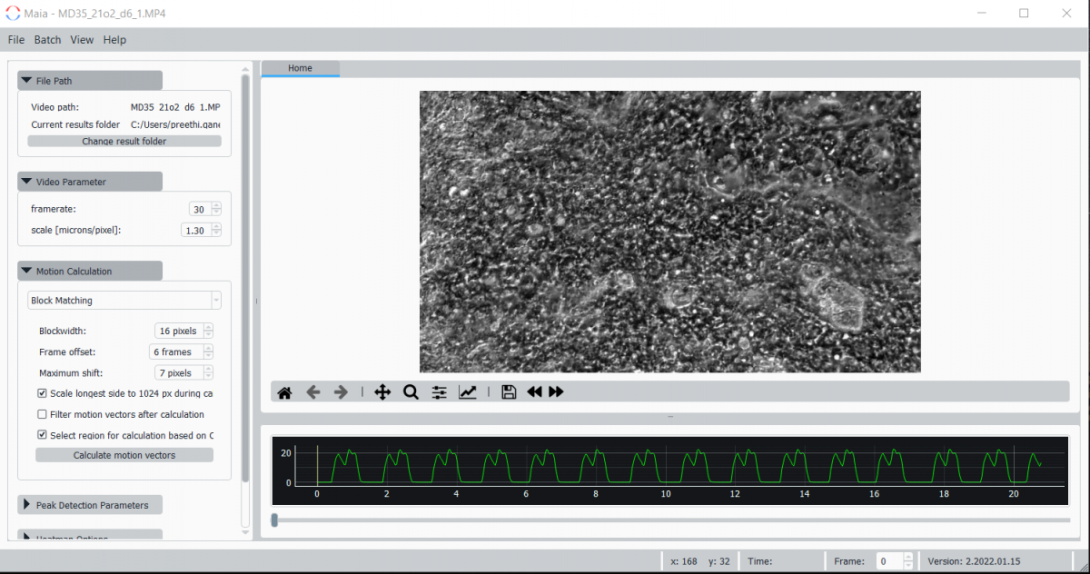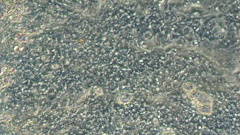The Emergence of Maia - An open-source tool for video analysis of iPSC-CMs

The Emergence of Maia - An open-source tool for video analysis of iPSC-CMs
There's a tremendous growth noticed in the studies of induced pluripotent stem-cells derived cardiomyocytes (iPSC-CMs). Biomedical image & signal processing techniques are increasingly used in the analysis of stem cell studies, regenerative & therapeutic medicines, organ-on-chip studies, etc.
Obtaining funds from the Free State of Saxony, and the Sächsische Aufbau bank was the start of the HERMES project, in collaboration with - Fraunhofer Institute for Material and Beam Technology (IWS), Institute for Pharamacology and Toxicology, Faculty of Medicine at the TU Dresden, and DELTEC GmbH.
Video analysis of induced pluripotent stem-cells derived cardiomyocytes (iPSC-CMs) studies are limitless. Right from drug screening, drug toxicity testing to cell maturation monitoring, cell contraction, relaxation monitoring and the list goes on. To study such video contractility's and leverage the information from different signals derived from stem cell characterization has led Quo Data to build Maia.

Maia, an open-source software, was developed by Quo Data team, which can be used for biological image processing, especially analysis of microscopic video data, and downstream signal processing. The software aims to be as modular as possible, with the scope for connecting additional image and signal processing tools. Moreover, it allows the user to easily draw observations from the data and annotate it from their experience. This way users of Maia can obtain more reliable and meaningful beating parameters. Thus, Quo Data is foraying into new application areas of stem cell research, and organ- on- chip technologies. But it is surely not the first time that the Quo Data team deals with biomedical data, signal processing and biostatistics. Quo Data hopes to contribute to this burgeoning research area. Thus, we attempt to bring in our experience and expertise in biomedical signal processing and biostatistics in the development of Maia.
Have we piqued your interest in Maia? Feel free to access the open-source tool here https://github.com/QuoData/Maia if you may have any questions feel free to reach out to Preethi Ganesh at preethi.ganesh@quodata.de.
